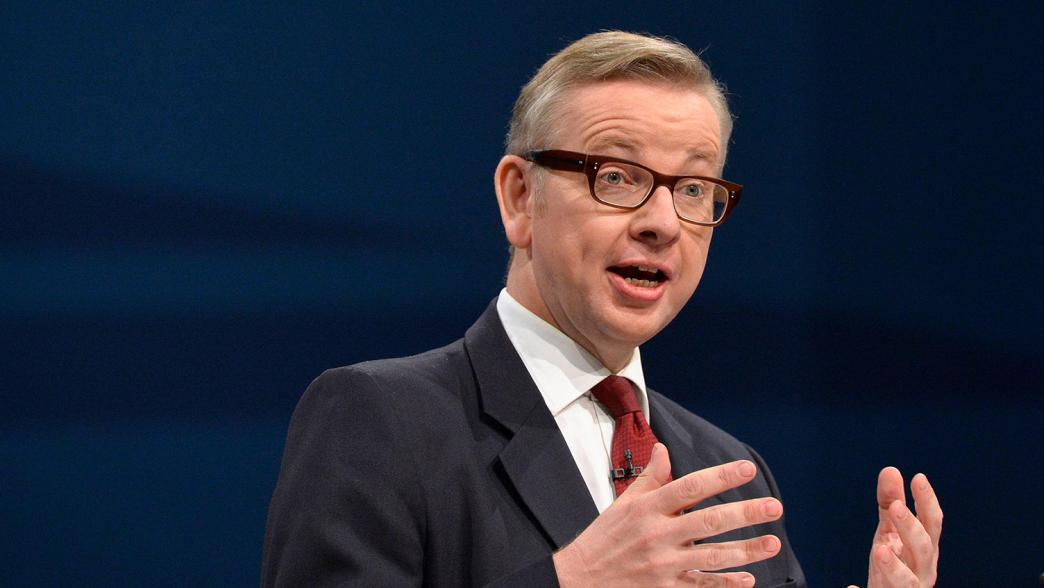Analysis paper
The Gove reforms a decade on: What worked, what didn’t, what next?
How to build a coherent all-academy system.

How to build a coherent all-academy system.

Does the Department for Education have the capacity to meet education’s challenges in the post-pandemic world?
Our flagship report assesses the comparative problems faced by critical public services such as the NHS, schools and the police.
Deficits in local authority education budgets need to be urgently addressed.
Investing in prevention could save money and improve productivity – so is it time for government to rethink public service spending?